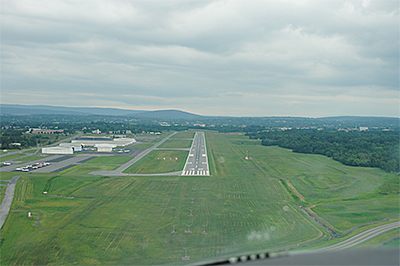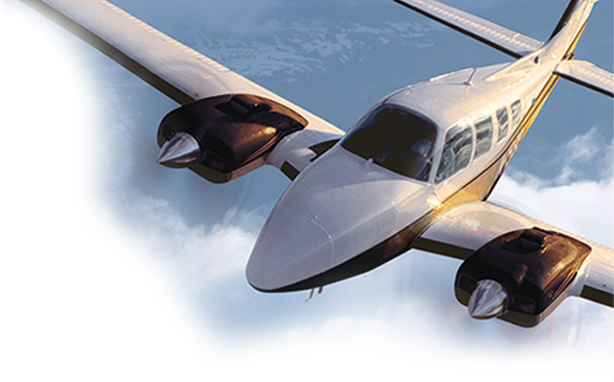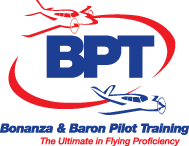
ONE LESS STORY TO TELL
By Gene Benson, Pilot and Aviation Educator
We all have our personal aviation stories to tell. Many of them involve landings. The following hints are intended to deprive you of having a story about your landing accident.
Landings from the Passenger Perspective
Our passengers judge our piloting ability by the quality of our landings. Nothing else seems to matter. How would your passengers judge your landings?
- Smooth as silk. Great pilot!
- A little rough, but not too bad. OK pilot!
- The paramedics came quickly. @#$%&# pilot!
Landing Principles (Tongue in Cheek)
Older pilots will remember hearing three principles of landings:
- Takeoffs are optional but landings are mandatory
- Any landing you can walk away from is a good one
- Any Landing in which they can use the airplane again is a great one.
The first principle is true, but the next two need some work. Highly avoidable landing accidents happen daily. They happen to pilots of all experience levels flying all kinds of airplanes with all landing gear configurations. They happen in calm winds, winds down the runway, and crosswinds. Here are a few mentions that might help prevent your landing accident.
Common Causes of Landing Accidents
Based on my research, I believe that the most common causes of landing accidents are:
- Lack of proficiency
- Complacency
- Unstabilized approach
Both lack of proficiency and complacency can contribute to an unstabilized approach, so I would put much of the blame squarely on flying, or continuing to fly, an unstabilized approach. If you need a refresher on the stabilized approach concept, here are two references:
https://www.faa.gov/news/safety_briefing/2018/media/se_topic_18-09.pdf and
https://www.vectorsforsafety.com/safety-concepts
Landing accidents, like all other accidents, seldom are caused by the last actions of the pilot. They are the final link in an error chain that began hours, days, weeks, or months before the accident.
Lack of proficiency is mostly the result of deteriorating skills over time, adding a link to the error chain. The effects of the pandemic and the rising cost of flying may be contributing factors here. Our humanness can fool us into believing that we are still as good as we once were, but if we have done little flying recently, that is not true. Even flying frequently does not guarantee proficiency in all types of landings.
Complacency also creeps in over time. Landings may become a routine part of flying. We become very familiar with the task and develop an expectancy of how it will work out. We now have another link in the error chain. An unexpected occurrence, such as a gusty crosswind, short runway, busy traffic pattern, distraction, or something else, can cause the task load to exceed the pilot’s capabilities.
What Can We Do About It?
Lack of Proficiency
We can attack a lack of proficiency in landings by flying. Yes, flying an airplane. While general aviation simulation devices have made remarkable progress and can be valuable tools for many areas of flying, they are not great for the actual touchdown. The physical contact with the runway, a critical point of the landing, is not accurately represented. However, other areas of proficiency can benefit greatly from the use of simulation. The FAA recommends that pilots establish a proficiency plan and conduct a proficiency flight every 4 to 6 weeks. The flight includes maneuvers that may not be performed in routine flying, including crosswind, short, and soft field landings.
Complacency
Complacency is a natural part of our humanness and can be difficult to defeat. Our cognitive biases work hard to convince us that we are superior to that other pilot and can handle whatever comes along. They also provide a boost to our optimism and lead us to believe that everything will work out fine. And they push us to continue when there are signs that we should either not begin a flight or to divert if we are airborne. Our best defense against complacency is the use of a Personal Minimums Checklist or Flight Risk Assessment Tool (FRAT) along with a set of detailed checklists. Specific to landings, one of those checklists should be a preflight planning checklist to ensure that we know the details of the airports and runways we can expect to use, along with forecast wind and runway alignment.
Stabilized Approach
Finally, we must establish our criteria for a stabilized approach and “pinkie swear” to discontinue any approach that is not stabilized. Flying a stable approach helps us to broaden our situational awareness and reduce the risk of task saturation.
One More Thing
Along with that, we must know and review the go-around procedure for the airplane we are flying. The review should be accomplished mentally while approaching the airport or while downwind for every landing. It is important to stress that. Many serious accidents happen every year because of a botched go-around. Those accidents have a high lethality index.
Even if we fly regularly, we may not be practicing situations or conditions that can arise. Let’s all make the effort to be truly proficient.
Whether you are pushing off to this year’s AirVenture or simply in pursuit of that now $100 hamburger, make sure you are polished in not only your take offs, but your landings. Remember, always fly like your life depends on it!
Reprint by permission only. If you would like to obtain reprint requirements and request permission, please email us at PIREP@Avemco.com.
Gene Benson has had a lifetime of aviation experience. He has lived and breathed aviation from his first official flying lesson at the age of 14, to his first solo on his sixteenth birthday, to his 8,000 hours of flight instruction given. He has served as the Dean of Aeronautics for an aviation college, as an instructor for a major domestic airline, consultant to several foreign and domestic airlines, and to business aviation. His academic background includes degrees in psychology, education, and business. His specialty now is the application of human factors to error reduction and safety in aviation and other industries. He is presently a FAASTeam Lead Representative and has recently served as a member of the NBAA Safety Committee. View Gene’s work at genebenson.com and https://www.vectorsforsafety.com/.
Reprinted with permission from Avemco. Articles and news items provided by Avemco are not intended to provide technical or legal advice. Content is for general information and discussion only and is not a full analysis of the matters presented. The information provided may not be applicable in all situations, and readers should always seek specific advice from the FAA and/or appropriate technical and legal experts before taking any action with respect to any matters discussed herein.



